Get ready to impress with this Smoked Pork Butt recipe that’s as easy as it is delicious. With a simple, flavor-packed dry rub and an easy homemade barbecue sauce, you’ll have tender, smoky pork that’s perfect for any occasion. Whether you’re hosting a backyard barbecue or just craving some seriously good smoked meat, this recipe will guide you every step of the way to achieve mouthwatering results every time.
Be sure to check out Hey Grill Hey for the best rubs and sauces around!
Why Our Recipe
- Flavor-Packed Dry Rub: The perfect blend of savory garlic, sweet brown sugar, and a peppery kick for a flavorful crust.
- Easy Homemade BBQ Sauce: A simple, tasty sauce that pairs perfectly with the smoky pork.
- No-Fail Smoking Process: Straightforward steps to get that tender, fall-apart pork every time.
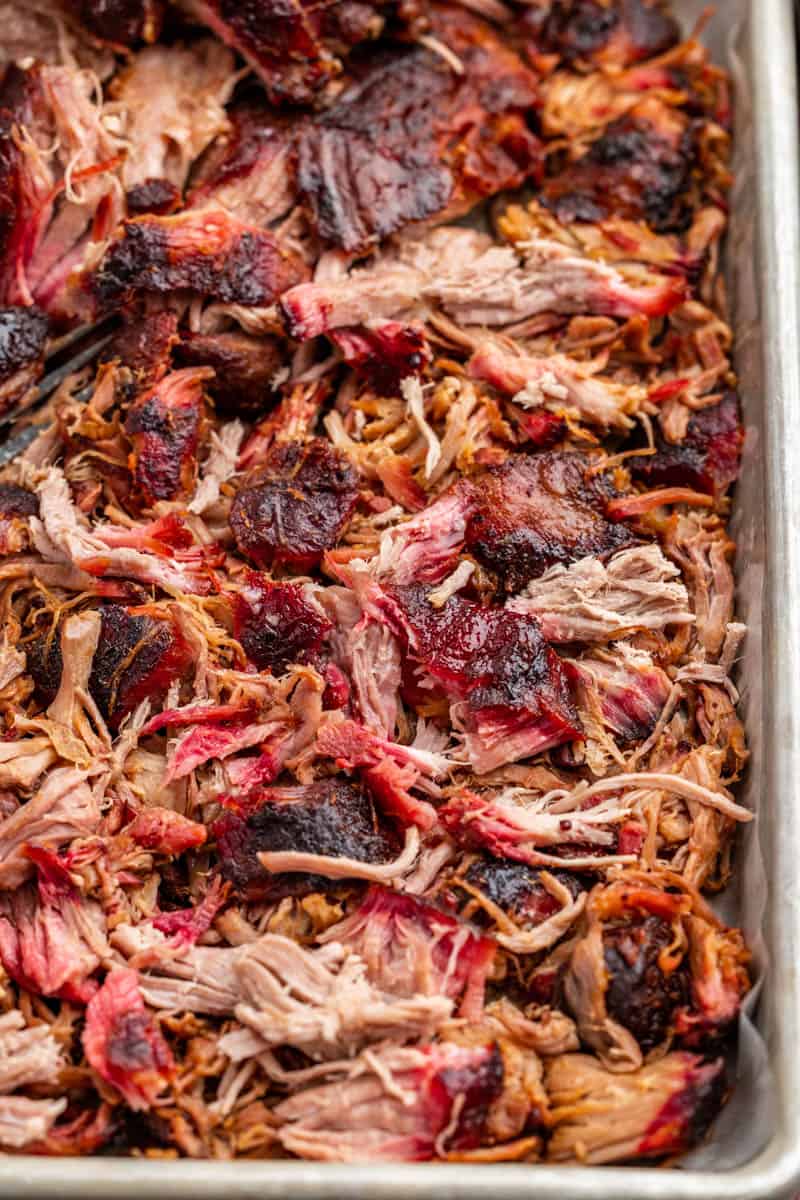
Despite the name, pork butt actually comes from the upper shoulder of the pig. Once considered a less desirable cut, it became a favorite in working-class communities thanks to slow-cooking and smoking methods that transformed it into something truly special. Over time, this humble cut has become a staple of Southern hospitality, bringing people together at gatherings, celebrations, and barbecue cook-offs.
Ingredient Notes
- Pork Butt: Sometimes labeled as Boston butt, this cut comes from the upper shoulder of the pig. Look for a boneless roast between 3 to 5 pounds for this recipe. If you can only find a bone-in roast, it will still work, but cooking time may vary slightly.
- Yellow Mustard: Used as a binder to help the dry rub adhere to the pork. Don’t worry, the mustard flavor won’t be noticeable after smoking.
- Kosher Salt: Provides a nice, even seasoning. If using table salt instead, reduce the amount by about half, as it’s more concentrated.
- Brown Sugar: Adds a touch of sweetness to balance the savory spices in the dry rub. Light or dark brown sugar can be used, but dark brown sugar will add a richer molasses flavor.
- Garlic Powder: Gives a savory depth to the dry rub. Make sure it’s fresh and hasn’t lost its potency.
- Black Pepper: Adds a bit of heat and flavor. Freshly ground black pepper is ideal for the best taste.
Choosing the Right Cut
The best cut for this recipe is the pork butt, also known as Boston butt, which comes from the upper shoulder of the pig. This cut is well-marbled with fat and connective tissue, making it perfect for low and slow cooking. The fat slowly renders down during smoking, keeping the meat moist and tender.
When you’re picking out your pork butt, look for one that’s between 3 to 5 pounds, with good marbling. You can choose a boneless or bone-in cut—either will work. Bone-in might take a little longer to cook, but it adds extra flavor and can help the meat stay even juicier.
Applying a Dry Rub
Before smoking, you’ll want to prep the pork butt to really bring out its best. Start by patting it dry with paper towels to help the seasoning stick. Then, slather it in yellow mustard, which acts as a binder for the dry rub. Don’t worry—your pork won’t taste like mustard! The next step is to generously coat the entire roast with your dry rub, making sure every nook and cranny is covered. Now, it’s ready for the smoker to work its magic!
Setting Up the Smoker
First, preheat your smoker to 225°F (107°C). This low and steady temperature is perfect for breaking down the pork butt’s connective tissues while infusing it with deep, smoky flavor. Whether you’re using a pellet, charcoal, or electric smoker, aim for that 225°F sweet spot.
If you’re using a charcoal or wood-fired smoker, start by lighting your coals and letting them burn until they’re covered with a light layer of ash. Then, add your choice of wood chunks or chips for that smoky flavor. Place them directly on the coals or in the designated smoke box if your smoker has one. For electric or gas smokers, just follow the manufacturer’s instructions for adding wood chips or pellets.
Once your smoker is up to temperature, place the pork butt directly on the grill grate, fat side up, so the fat can slowly baste the meat as it renders. The key to great smoked pork is maintaining a consistent temperature throughout the cooking process. Keep an eye on your smoker’s thermometer, making small adjustments to the vents if you’re using a charcoal or wood-fired smoker, or adjusting the settings on your electric or gas smoker as needed.
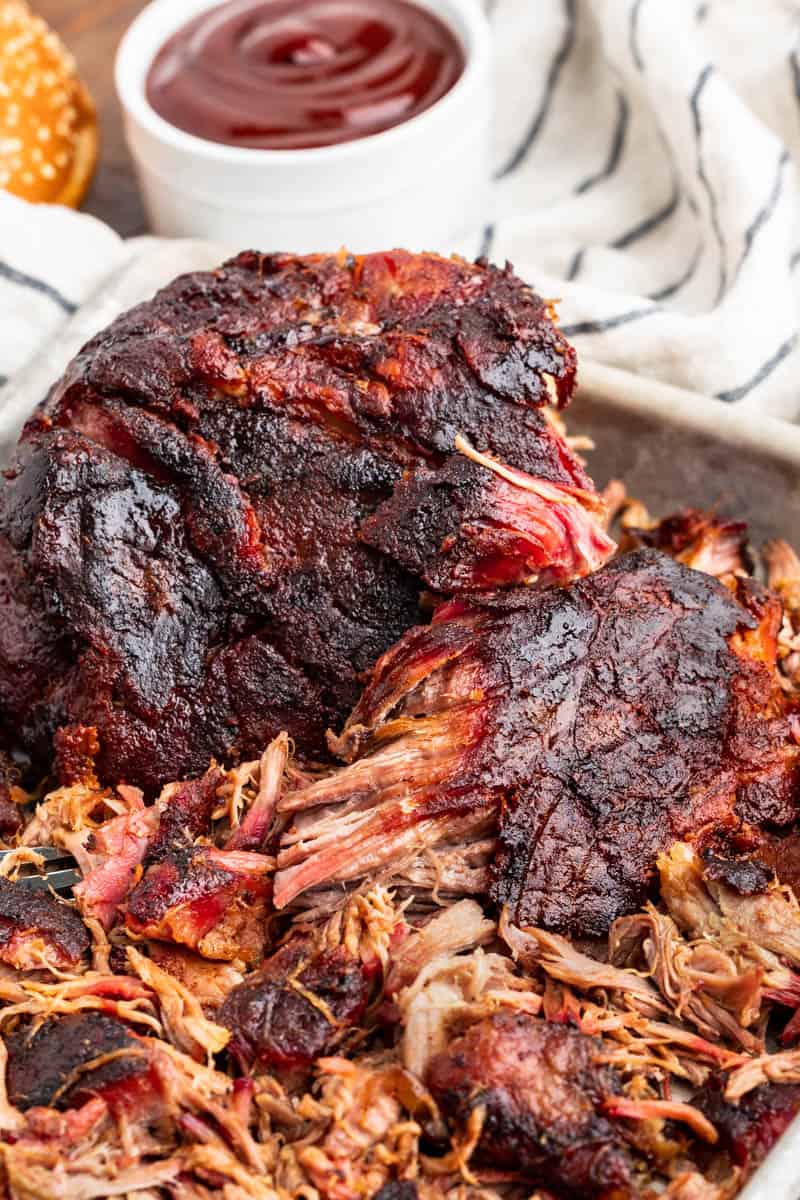
Pellet Recommendations
For a sweet and fruity smoke, go with fruitwood pellets like apple or cherry—they’re a great match for pork. If you’re after that classic Southern barbecue flavor, hickory pellets are the way to go. It really comes down to what you prefer, so don’t be afraid to experiment with different types or blends to find your favorite.
Storage & Reheating Instructions
Refrigerate any leftover smoked pork butt in an airtight container for up to 3 days.
Freeze by shredding it and placing it in a resealable plastic freezer bag or airtight container. Make sure to remove as much air as possible before sealing. Store in the freezer for up to 3 months.
Reheat in the oven by preheating to 325°F. Place the pork in a baking dish, add a splash of broth or barbecue sauce to keep it moist, and cover with foil. Heat for about 20-30 minutes, or until warmed through.
Reheat on the stovetop by heating a skillet over medium heat. Add the pork and a little broth or barbecue sauce, stirring occasionally, until heated through, about 5-7 minutes.
Reheat in the microwave by placing the pork in a microwave-safe dish, cover it with a damp paper towel, and heat in 30-second increments, stirring in between, until warmed through.

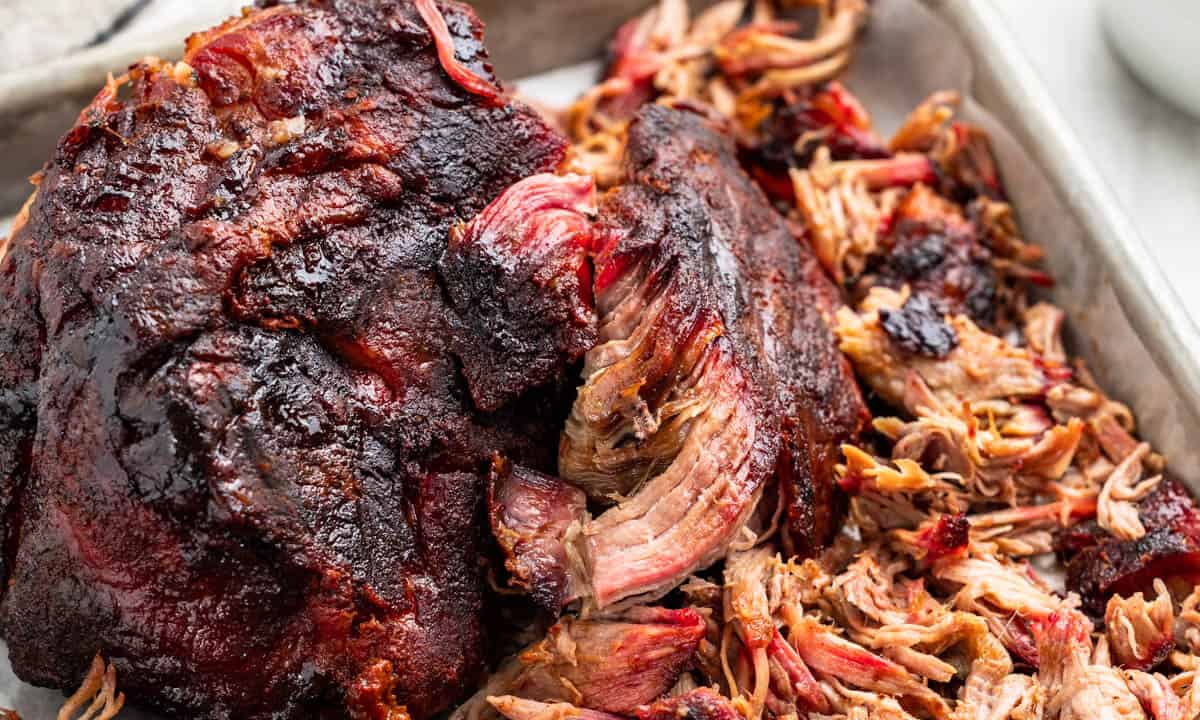
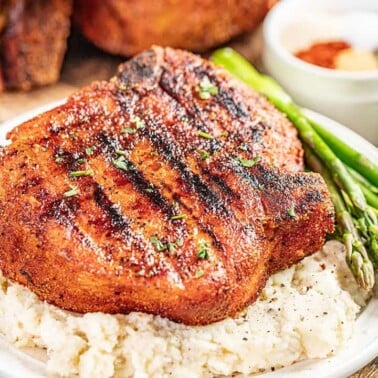
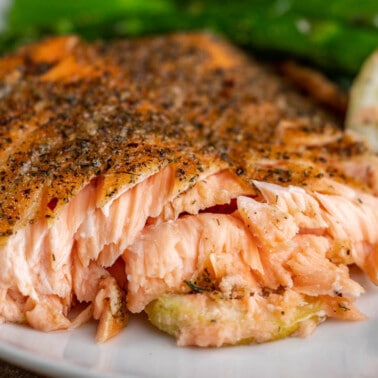
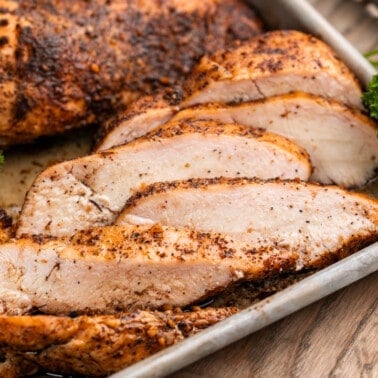
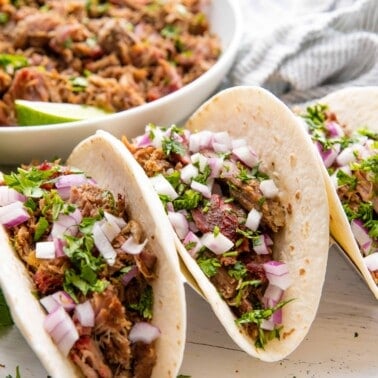
Ladies
This is an awesome recipe and a fantastic smoker recipe.
Thank you….it is a delicious meat dish.